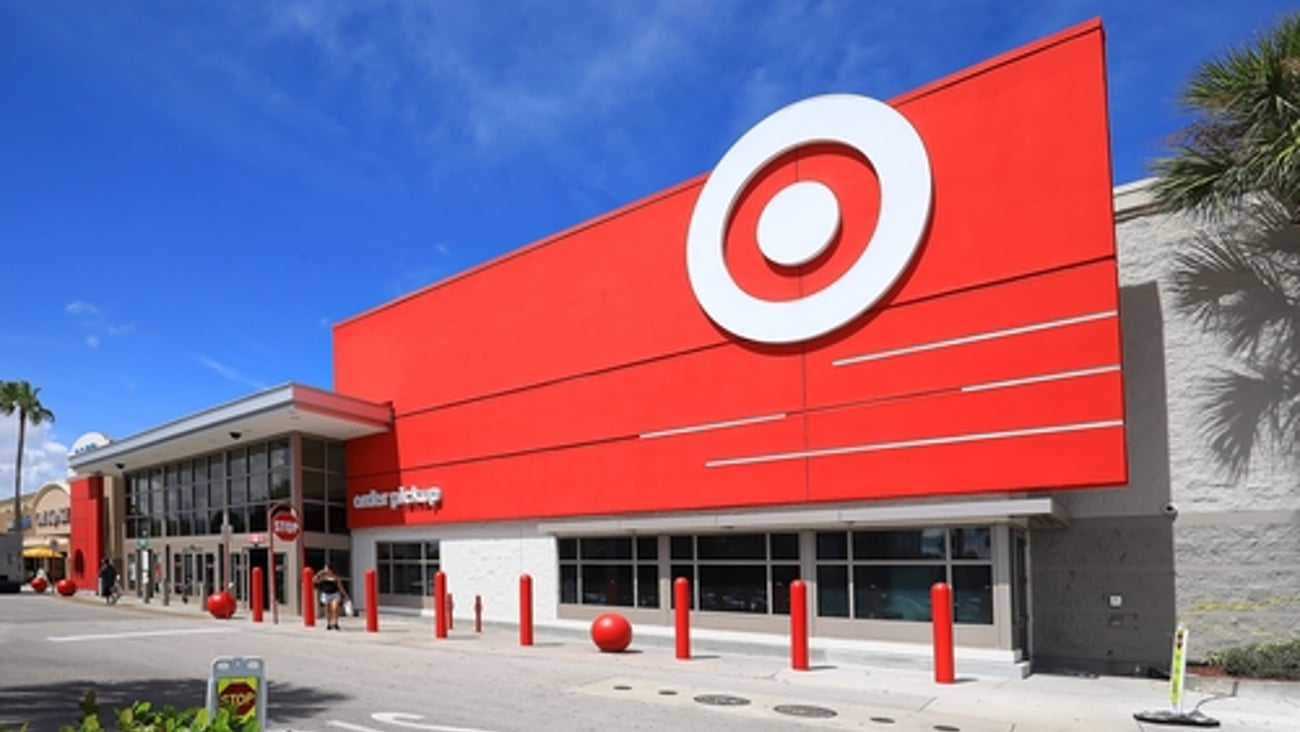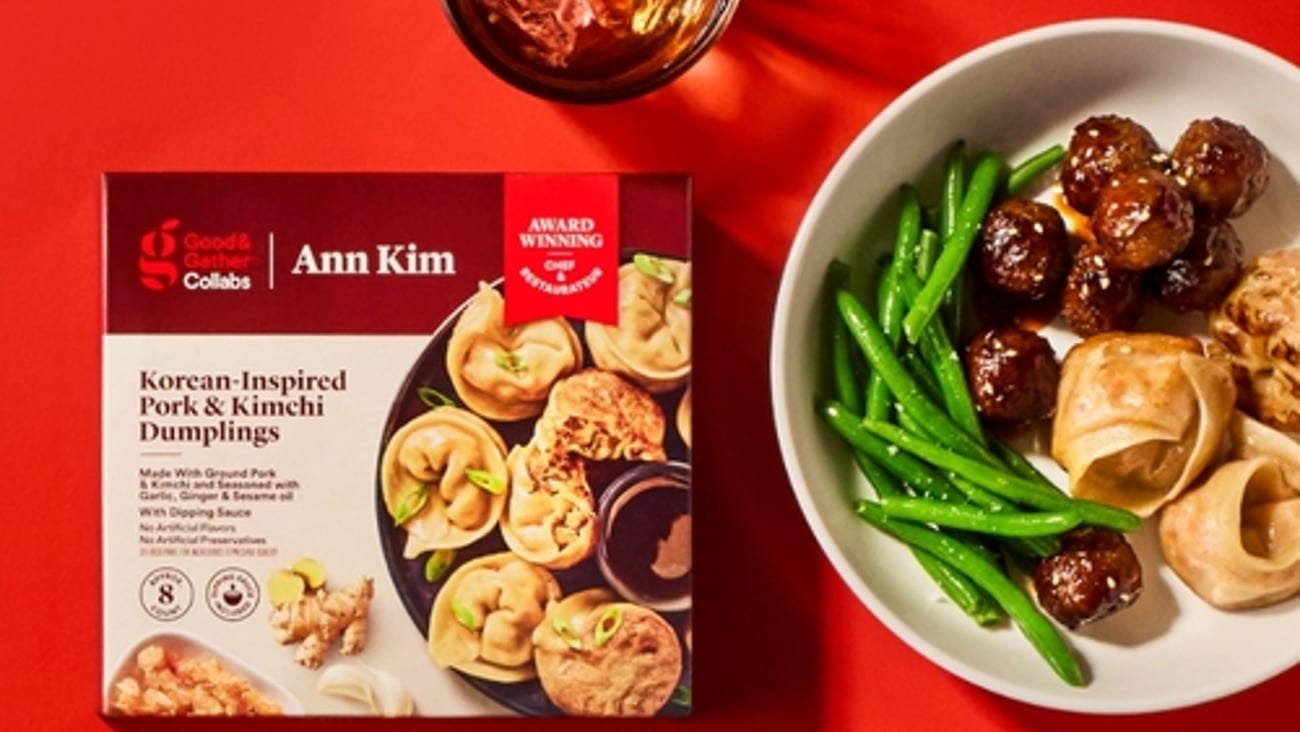Small things make a difference to storm-stressed customers
In the wake of the torrential flooding caused by Hurricanes Harvey, Irma, Maria and Nate, many grocery retailers stepped up to provide assistance by raising money for disaster relief initiatives and even dispatching mobile units to ensure that displaced people in the hardest-hit locales had food and water. The grocery industry has reason to be proud of these efforts.
At the same time, I’ve long noticed that during more commonplace thunderstorms, windstorms and snowstorms — the type that cause basement seepage, falling branches and the need to get out shovels and snowplows — supermarkets don’t seem to recognize the opportunity to provide extra customer service. It’s no wonder that more and more consumers are starting to favor e-commerce and click-and-collect options.
This past Saturday, for example, the Chicago area endured a relentless downpour with high winds that caused many basements to flood. Because the rain didn’t let up at all throughout the day, stressed-out consumers who needed to buy groceries, many with young children in tow, were forced to brave the weather to shop at Mariano’s, Jewel Osco, Aldi, Trader Joe’s, Whole Foods Market and other grocery retailers in the area.
As one of those consumers who couldn’t wait many hours for the rain to subside, I went grocery shopping but regretted it as soon as I entered the store. The first thing I noticed was that all of the shopping carts were wet. This is one of my longstanding pet peeves with supermarket chains. No one wants to put groceries in — or push — a wet shopping cart. This should be a no-brainer for retailers, but I’ve been in this situation countless times.
Here are 10 ways to differentiate your brand from the competition during rough weather:
1. Dry the shopping carts. Although apparently no one has invented an affordable and effective shopping cart drying machine, a grocery store could significantly enhance its reputation by designating certain employees to towel-dry carts for shoppers during rainstorms and snowstorms.
2. Provide bags for wet umbrellas. For customers who carry wet umbrellas into the store, retailers should make available plastic umbrella bags that will help shoppers keep their carts dry (presuming they can find dry shopping carts in the first place). Compact umbrella bag dispensers can be placed near store entrances.
3. Offer free samples of hot cocoa, cider or coffee. When customers enter the store on a cold and stormy day, being offered a hot beverage would go a long way toward ensuring that shopper’s loyalty.
4. Connect shoppers with home repair, service contractors. As Stamford, Conn.-based Daymon has pointed out, the store perimeter is a great place to introduce shoppers to local small businesses. During periods of inclement weather, grocery retailers should consider inviting home repair, snow removal and similar contractors to set up small displays and pass out business cards to customers.
5. Display useful items at checkout. In the midst of a thunderstorm or snowstorm, grocery retailers should set up displays of umbrellas or snowbrushes and ice scrapers for sale near the checkout area.
6. Help customers take groceries to their cars. During a heavy storm, supermarkets should assume that customers may need extra help taking the groceries to their cars and should offer specific services. For example, associates with golf umbrellas could help customers push their carts to their vehicles while keeping the groceries and the customers dry. Alternatively, employees could watch shoppers’ carts while the customers retrieve their vehicles and pull up to the store entrance. Providing valet parking is another possibility.
7. Pay close attention to elderly and disabled shoppers. If wheelchair-bound or elderly customers are shopping during a storm, make sure they receive any assistance they need both inside and outside of the store.
8. Offer to scrape ice and snow off of customers’ vehicles. During long shopping trips on snowy days, a lot of snow may accumulate on shoppers’ vehicles. Having associates offer to scrape ice and brush snow off of windshields would make an indelible impact on customers.
9. Keep your parking lot well-plowed and block off flood-prone areas. Make sure that store managers block off any sections of the parking lot that tend to flood during rainstorms. In snowstorms, specific store employees should offer to dig out any vehicles that get stuck in snow. Make sure that snowplows don’t push snow up against and trap parked cars.
10. Provide “roadside” assistance in the parking lot. Employees can be trained to patrol the store’s parking lot and jumpstart customers’ dead vehicle batteries using their own cars and jump cables or at least offer customers a warm place to wait until AAA or another roadside assistance firm arrives on the scene.
At a time when consumers have many different ways to shop for groceries and competition is fierce, retailers need to consider what they can do ensure repeat business. In the fall and winter, making the stressful experience of shopping during a storm more bearable will leave a positive, lasting impression.





